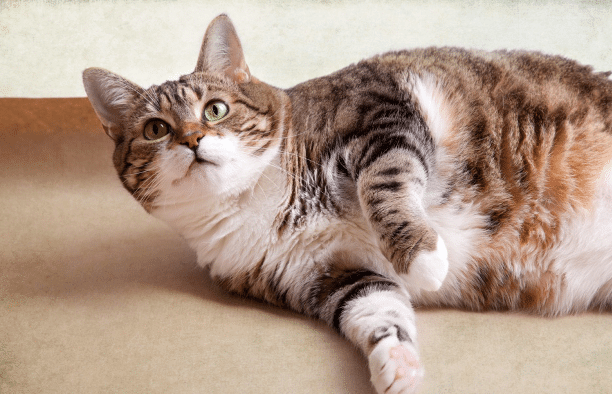Pets Can Get Diabetes Too
We have found that some pet owners do not know that pets can get diabetes just like their owners can. Unfortunately, they can and more and more pets are getting diabetes. According to recent statistics, 1 in 500 dogs and 1 in 200 cats will get diabetes. While any pet can develop diabetes, some breeds are more prone to diabetes. Some dog and cat breeds that are prone to diabetes include:
Dog breeds
Samoyeds Schnauzers Toy Poodles
Australian Terriers Golden Retrievers Dachshunds
Beagles Cocker Spaniels
Cats
Burmese Siamese Maine Coon
What is Diabetes?
Let’s look at how a healthy pet’s body should work. Firstly, the pet’s digestive system turns food into glucose (sugar) for cells to use. Secondly, the body produces insulin. Insulin moves sugar and other nutrients into the cells. Also, it keeps the blood sugar balanced: not too high and not too low. If the blood glucose starts to go up, the pancreas produces more insulin. The increased insulin brings blood glucose down again. If the glucose goes too low, less insulin is produced, and the blood glucose goes back up. This function gives the body energy so that it can function. However, in a pet with diabetes, there could be one of two problems occurring:
- Type I Diabetes: The pet does not produce enough insulin. Therefore, we need to give animals with Type I diabetes insulin so that their body can use glucose.
- Type II Diabetes: There is a reduced function of insulin in the body. In other words, the pancreas makes insulin, but the body’s cells do not respond to insulin as they should.
With diabetes, the glucose level of the blood goes sky high, causing glucose to spill over into the urine. The presence of glucose in the urine draws fluid through the kidneys with it, which is why affected pets drink so much and pass so much urine. And with both Type I and Type II, the sugar and other nutrients remain outside of the cell. So basically, the cells starve. Also, when too much sugar remains in the bloodstream it can cause many health problems for the pet.
What are the signs of diabetes in pets?
Signs that your pet may have diabetes can come on suddenly. Or the changes in your pet may be more subtle. The symptoms below are symptoms of diabetes but can be signs of other pet illnesses as well. Therefore, it is important to notice these signs in taking care of your pet.
- Excessive water drinking
- Increased urination and/or accidents in the house
- Weight loss, even though there may be increased appetite
- Urinary tract infections
- Decreased appetite
- Cloudy eyes (especially in dogs)
- Chronic or recurring infections (including skin infections and urinary infections)
- Weakness in legs (particularly in cats, this starts with their back legs)
If you see any of the above signs, schedule your pet to be examined by a veterinarian. The earlier the diagnosis, the better chance your pet will have a longer and healthier life.
Treatment
Diabetes can be managed. However, if diabetes is left untreated, pets can develop other diseases and health problems. That’s why early detection and treatment are so important. Treatment generally involves:
Insulin therapy
Diabetic pets usually need twice-daily injections to keep their glucose levels under control. Your veterinarian can show you how to administer therapy so you can get comfortable doing it at home.
Prescription Diet
Your vet may also recommend a prescription diet along with exercise.
Blood Testing
Your pet’s blood glucose will need to be regularly tested. This can be done by the vet but also you can learn how to do it yourself at home. How to Prevent Your Pet from Getting Diabetes

Give your pet a healthy diet.
Just like us, obesity is one of the leading causes of diabetes in pets. As pets get older and less active they are more likely to gain too much weight. Therefore, it is important to feed your pet a healthy diet. Speak with your veterinarian if you are not sure which diet is best for your pet. And, avoid treats! Treats should be given sparingly. We suggest you only give treats to pets for training or when they do something you want.
Give your pet plenty of exercise.


This ...
Not this ...
Make sure your pet gets at least 20 minutes of exercise each day. We mean good, brisk exercise. For example, take your dog on a good brisk walk or out to the park to play fetch. Cats can be a little more difficult. But there are all sorts of toys such as wands with feathers or laser pointers to get them to run around. (Just make sure to never point the laser at their eyes as this can cause serious eye damage).
Take it One Day at a Time
If your pet gets diabetes it can seem a little overwhelming at first. But your veterinarian can help you learn how to keep a daily chart to record your pet’s blood glucose levels, diet, weight, and any changes in behavior. You can control your pet’s diabetes with minimal disruption of your life while maintaining your pet’s quality of life.
Here at Advanced Pet Care Clinic, we work closely with our patients to help them help their pets with diabetes. Please contact us if you have any questions or are concerned your pet may have diabetes.
Sincerely,
Dr. Tammy Stevenson, D.V.M.
Advanced Pet Care Clinic

